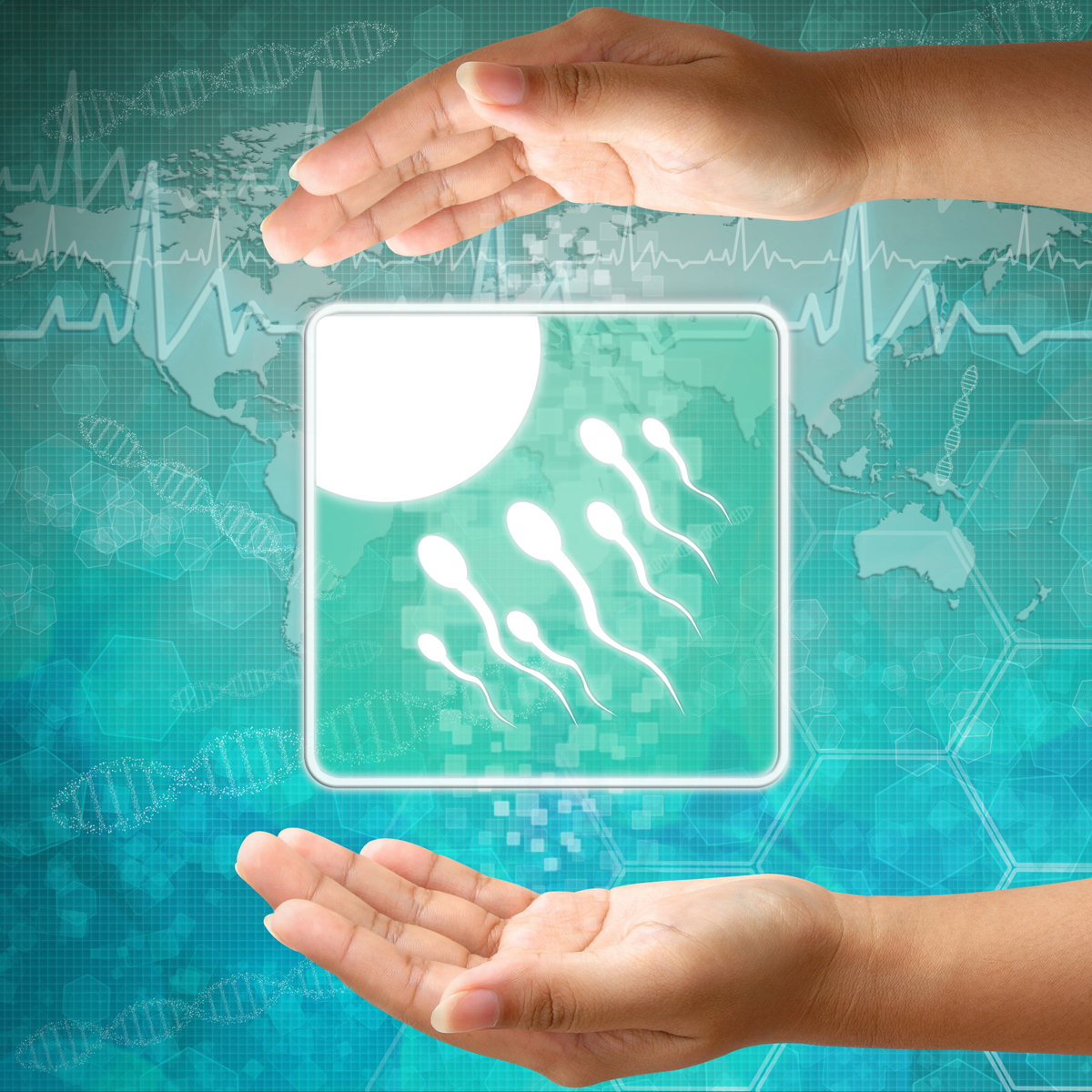In the evaluation of male fertility through the analysis of a semen sample under a microscope, the desired outcome is to see a lot of “good swimmers” among the spermatozoa – although this still says little or nothing about their morphology and inner structure. Thanks to modern technologies, it is now possible to go into this in greater detail. This is done by extending semen analysis beyond the existing WHO criteria by adding so-called molecular diagnostics.
WHO criteria to serve as the basis
A spermiogram (semen analysis) implies an analysis of the ejaculate on the basis of standardized investigation methods and associated reference values laid down by the World Health Organization (WHO).
This spermiogram forms the foundation and provides a first overview of the situation as regards concentration, motility, vitality, structure and morphology of the spermatozoa. However, when dealing with involuntary childlessness, these parameters alone may not be sufficient for reliable detection of male factor infertility.
Molecular biological analyses to supplement existing WHO criteria
A spermiogram using molecular approaches to the diagnosis of male infertility includes a series of other relevant factors with regard to sperm analysis. In addition to WHO criteria and an accurate morphological evaluation, it involves an assessment of seminal oxidative stress, a detailed vitality test (if the proportion of progressively motile sperm is less than 40 %), the determination of sperm DNA fragmentation as well as an analysis of sperm chromatin maturity.
This range of single tests contributes to a better overall picture and helps to gain more insights into male factor infertility. Moreover, it serves as a guide for determining the individually required treatment methods.
Indications for molecular diagnostics in sperm
When it comes to fertility treatment, the results of semen analysis (spermiogram) are very important for therapy planning. In other words, the personal medical health situation of both partners needs to be individually approached. Some examples where molecular diagnostics used for sperm assessment can be useful:
- idiopathic sterility (cause for the infertility remains unknown)
- recurrent miscarriage or recurrent pregnancy loss
- asthenozoospermia (poor sperm motility)
- poor development of the embryo from day 3 (stage of embryonic development)
- lifestyle risk factors (e.g. radiation, toxins)
Where appropriate, the fertility specialist may encourage the male patient to consult a urologist in order to help the couple obtain maximum benefit from the therapy. To ensure optimal treatment results, there will be an ongoing exchange of information with the appropriate medical specialist.
Summing up, the goal of molecular diagnostics in sperm could be compared with a car: While at first glance the car may look nice from the outside, its engine may be broken and covered with rust. But it is only when you open the bonnet that you are able to see such damage.
So, if we succeed in identifying in detail the reasons for the male infertility, the appropriate forms of treatment can be selected, in order to realize the couple’s dream of having a child.
Links:
» What men should know about fertility, sperm quality and IVF
(Topic-Special | https://www.fertility-treatment-blog.com)
» Possible causes of infertility in men
(Page | https://www.fertility-treatment-blog.com)
(Startpage | https://www.fertility-treatment-blog.com)
(Page | https://www.fertility-treatment-blog.com)
















